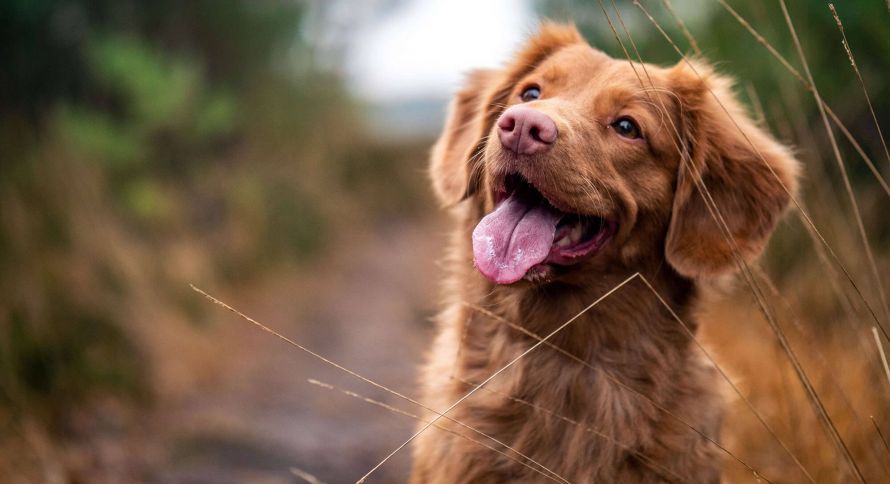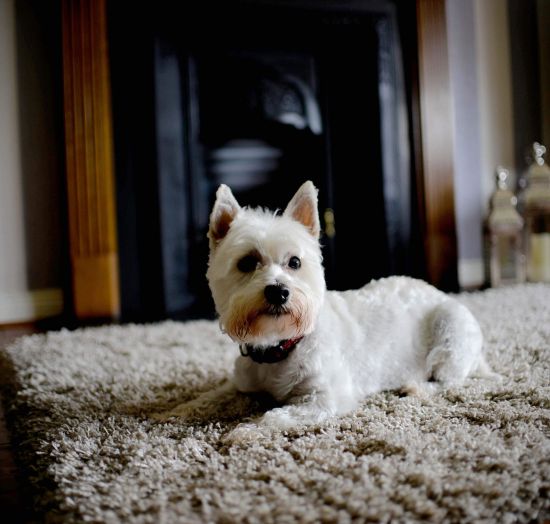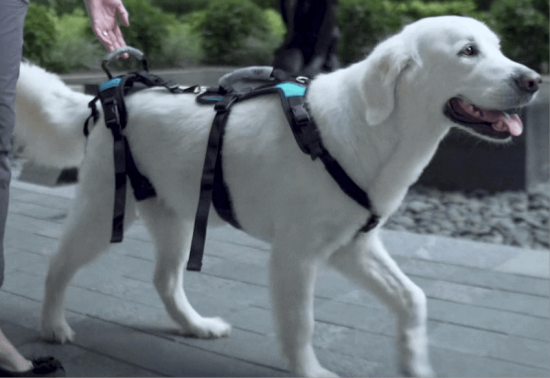
Six tips to help extend the quality of life and active years for your dog
Maybe you haven’t worried about what will happen as your fur-friend ages – most of us tend to think about our dogs aging in the same way many of us think about ourselves – it’s something that can be dealt with as it happens.
The reality is that our dogs age faster and live much shorter lives than us, and the day will come when we finally accept that our fur-friend is senior and not the bouncy bullet-proof pup they once were. Perhaps you are already there!
It’s a total myth that there’s little we can do to counter the effect of aging on our dogs- this blog will cover 6 simple things you can do to make those senior years the best they possibly can be!
Tip 1 – Make Simple Adjustments /Improvements to the home environment
The home environment is surprisingly filled with opportunities for dogs to injure themselves. Slips, falls and strains can trigger a cycle of decline that can be hard to recover from. Often it can be accumulative action of lots of small strains that can lead to reduced activity. These injuries, whether noticeable or not, can lead to reduced activity with knock-on effects such as increased body-weight causing higher risk of further injury!
In tropical Hong Kong our homes are designed to keep cool, and there is an excess of slippery (marble or tile) flooring. Careful placement of mats or carpets in high-risk areas can greatly reduce the risk of slips. Closing off access to stairs or adding anti-slip tape can also help comfortable movement.
We also encourage the use of the ‘Dr Buzby’s ToeGrips’ which are very effective in giving dogs improved traction on smooth surfaces, allowing them to use their toenails to grip, as they were designed to do.
This site is protected by reCAPTCHA and the Google Privacy Policy and Terms of Service apply.

Tip 2 – Keep those brain cogs turning!
Just like humans, our pets are subject to the “use it or lose it” rule when it comes to brainpower.
Keeping our tail-waggers trained, tutored and mentally alert is key to pushing back the effects of aging. A good way to do this is by introducing them to new areas (with different sights and smells. If time and space is difficult in your area of Hong Kong, it’s easy to introduce new activities. Introduce new commands to your clever companion, playing low-impact games such as hide and seek for treats, or even setting up simple obstacle courses at home. Activity mats are a great way to stretch out feeding time and with a variety of activities to swap in and out, these are fantastic for young and old dogs alike!
For dogs starting to show some changes associated with brain aging, we recommend nutritional supplements such as Aktivait® and Aging Gracefully
Tip 3 – Use a properly designed harness to assist with difficult manoeuvres such as getting into cars, or up steep steps.
This is particularly relevant to dogs that are already beginning to feel the effects of aging but can also be introduced fairly early to reduce those repetitive strains in pets that have had a previous leg injury, surgery or have been diagnosed with joint osteoarthritis. Remember the goal is to remove the chance of injury or strain, especially repetitive injury that might cause discomfort or pain that is not visible to the untrained eye.
Harnesses such as the Help ‘Em Up allow support to the joints of your dog by taking a little weight in the rapid explosive effort needed to jump up into or out of a car or to climb stairs. These are specifically designed with aging pets in mind. As your dog ages, they can transition to a harness which stays on during the day so you can help them up and down inside the home when they need a little helping hand.
If rear support is all you want for a short time each day (such as walking up 3 flights of internal tile stairs to your apartment), then a Gingerlead is a great easy addition to leave at the ground floor when you head out and make coming back home all the sweater for your pet.

Tip 4 – Prevent over-eating that can lead to increased body weight and obesity
Many dogs, and pets of any kind for that matter, act like they want (or need!!) to eat more food than they require! It’s important to check or assess the weight of your pet on a regular basis and adapt their intake accordingly.
It can be very hard to deny a request for more food from our pampered pooches, but this is REALLY important. Reduced weight means reduced impact on joints and limbs which in-turn means less strain and injury. You might have noticed a theme here – yes, this is all about injury prevention!
Weight loss in overweight dogs is one of the most important ways to help pets with osteoarthritis to decrease pain and improve movement.
In addition to a direct benefit to arthritic joints and exercise ability, weight management prevents the risk of other diseases including diabetes, high blood pressure, heart disease and breathing problems.

Tip 5 – Maintain regular annual vet checks and know your dog
Seeing your family vet is not just about getting a vaccine! It’s a time for your veterinarian to look at the health of your pet- the heart, lungs, gut, liver, kidneys, skin, senses, joints and brain.
From 8 years of age, we recommend blood work done yearly for your pet, to gather baseline information on their health. For a better understanding of the recent research into dog aging and to calculate your dog’s age in human year equivalents, see our Age Calculator.
One of our best tips to get to know your dog is massage! Massage enhances the human-animal bond and provides you time to learn about the normal movements of your dog’s muscles and joints as well as any lumps and bumps. In addition to the physical benefits, massage provides enormous benefits for a pet's psychological well-being. Many studies suggest that massage reduces the production of stress hormones. The result is decreased anxiety in your friend. Check out our online massage course (in Cantonese) and upskill to be your dog’s hero!

Tip 6 - Increase your awareness of the effects of age on your dog
OK, we’ve saved the best to last! You’ve made a good start by reading this article, but without a doubt, the more you understand about dog aging, the more your dog will benefit.
As we have already pointed out, the natural aging process for dogs is quite different from that of humans. Having a better understanding of how the aging process affects joints, muscles, metabolism and neurological changes allows us to fully prepare for the future, and more importantly, delay those effects!
Many of the tips listed above focus on reduction on wear and tear, reducing the chance of injury, and early treatment of developing issues. Another important aspect of understanding the aging process is recognising changes in behaviour. Behavioural changes are often caused by pain or discomfort or the effects of diminishing senses.
We all owe it to our pets to understand them as fully as we can, and to provide long into their senior years. To this end, Paws in Motion is running our highly regarded course designed for the owners of senior dogs to help you understand your senior dog and their changing needs. More information is available at the link below.
相關產品
This site is protected by reCAPTCHA and the Google Privacy Policy and Terms of Service apply.









